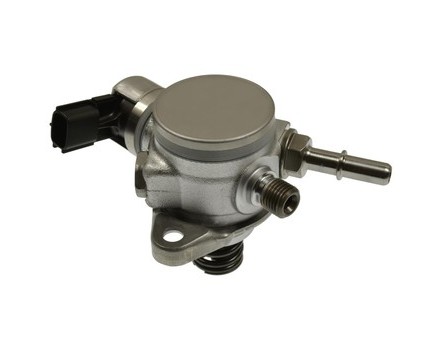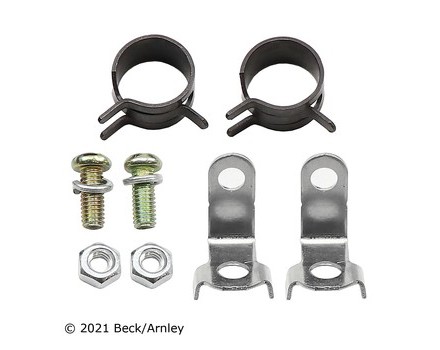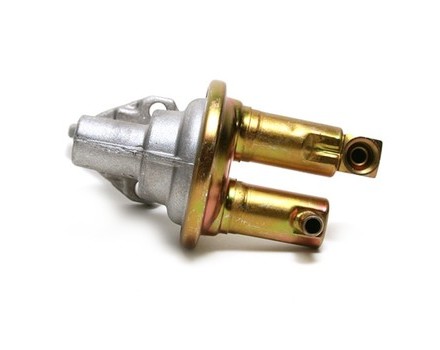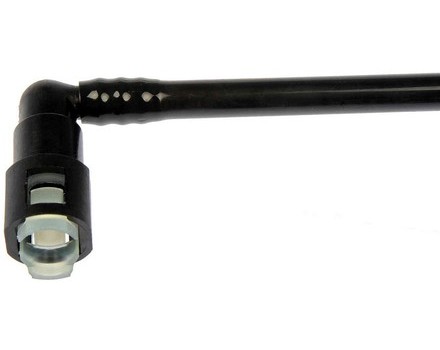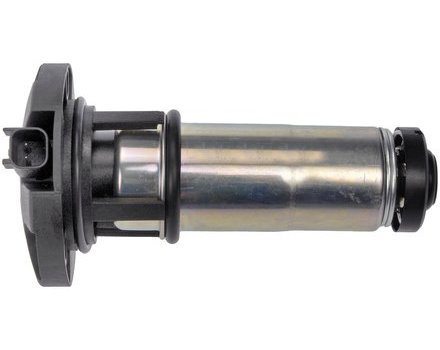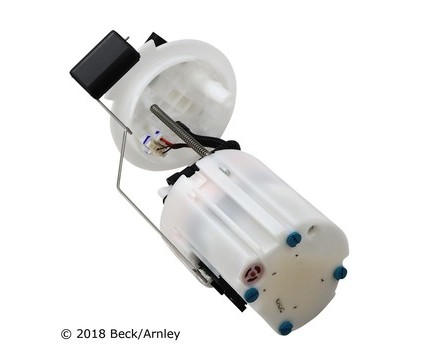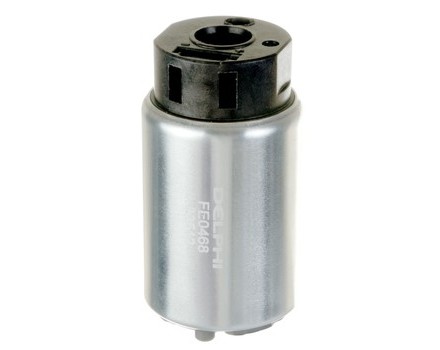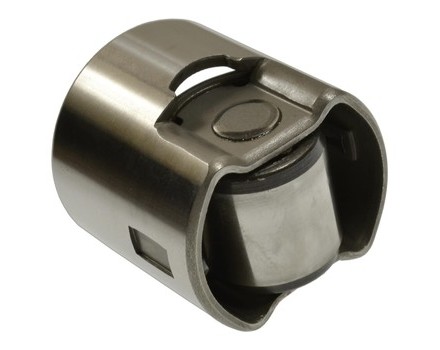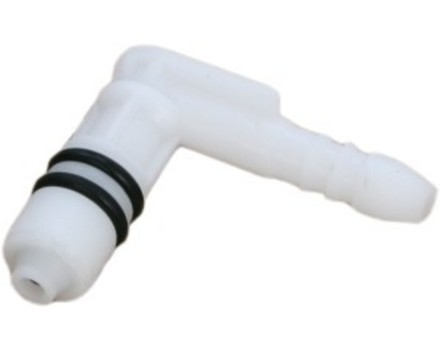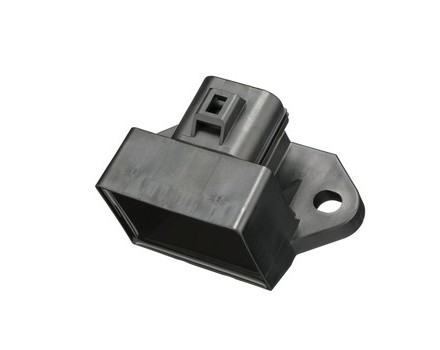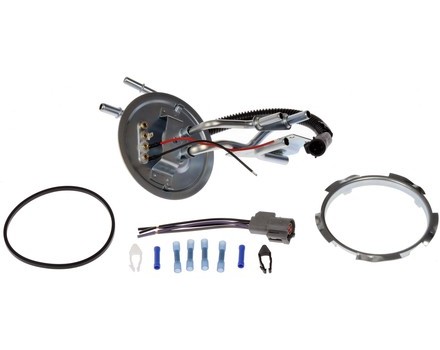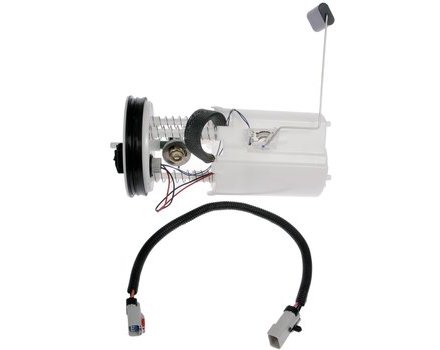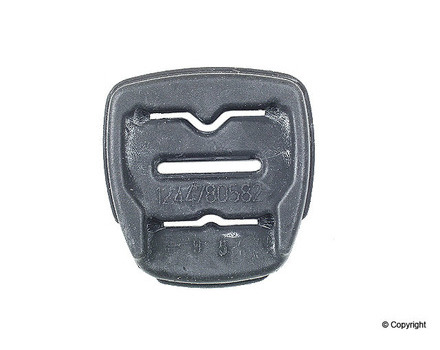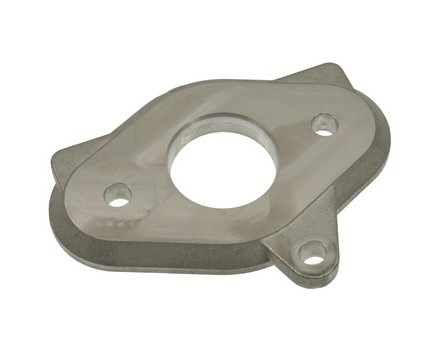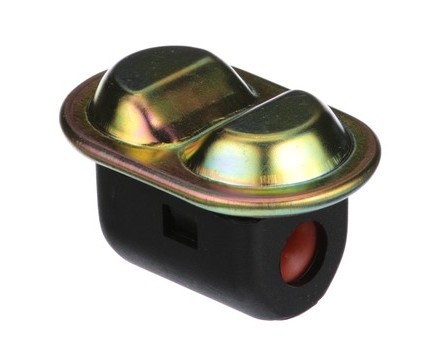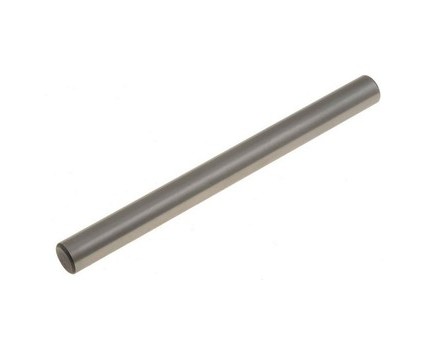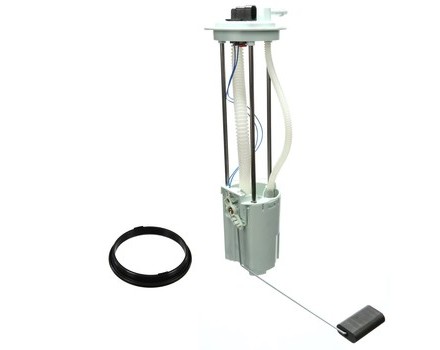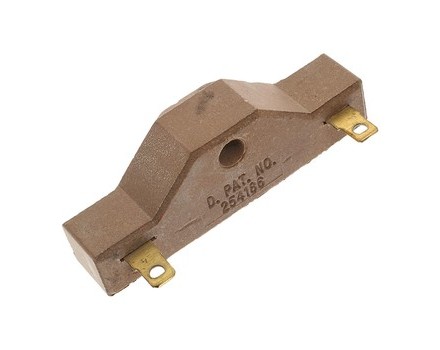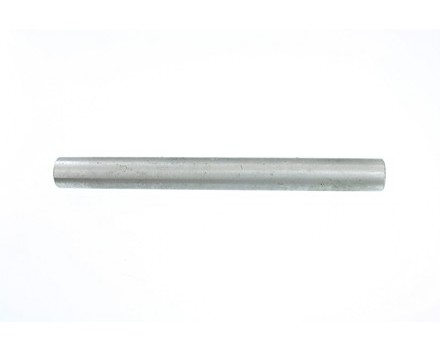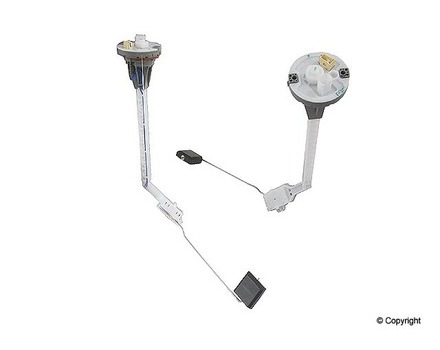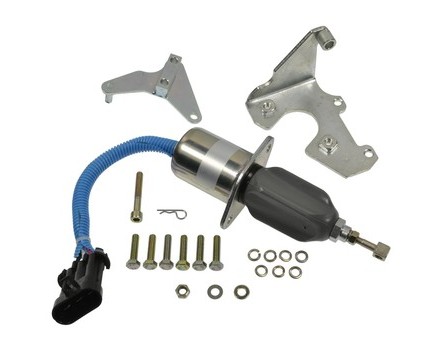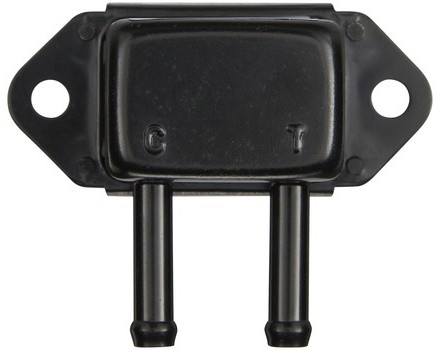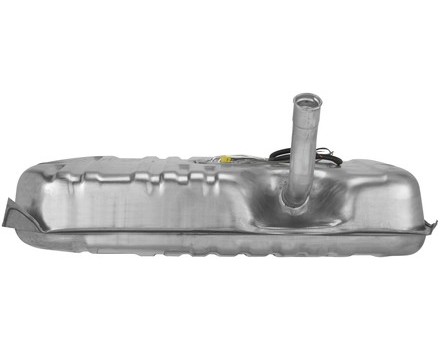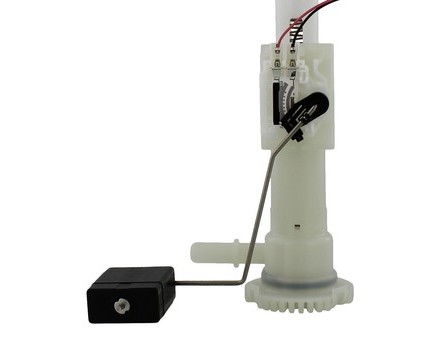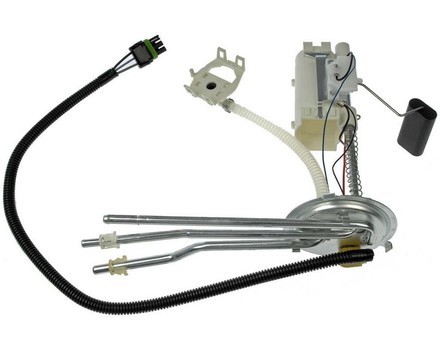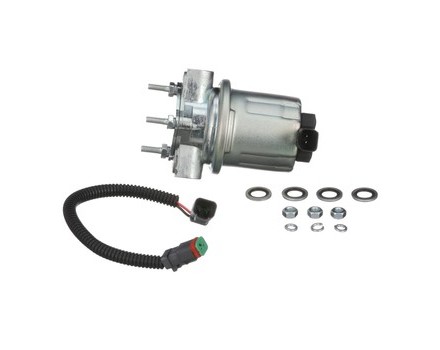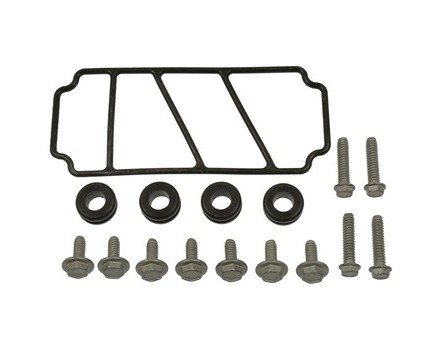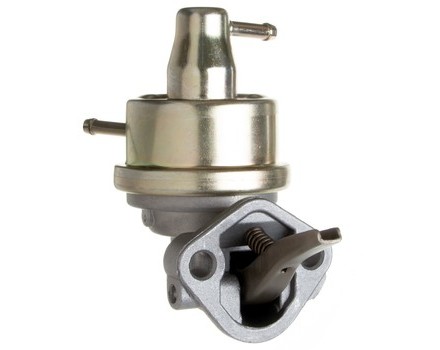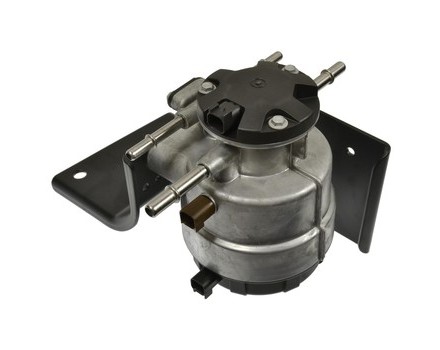Fuel Pumps and Related Components
Filter Options
Important: To get started, click the blue "Filter Options" button to select your vehicle and then use the filters to narrow your options.
Important: To get started, select your vehicle on the left and then use the filters to narrow your options.
What is a fuel pump and what is its purpose?
A fuel pump is a device that transfers fuel from the tank to the engine. Its purpose is to maintain a constant flow of fuel and to ensure the fuel pressure is at the required levels for the engine to run properly.
How can I tell if my fuel pump is faulty?
There are several signs that may indicate a faulty fuel pump. These include difficulty starting the engine, engine misfiring, reduced engine power, and an increase in fuel consumption. In addition, you may hear a loud humming noise coming from the fuel tank area when the engine is running.
Can a faulty fuel pump cause damage?
Yes, a faulty fuel pump can cause serious engine damage if not replaced. The fuel pump is responsible for maintaining the correct fuel pressure, so any malfunction can cause too much or too little pressure to be delivered to the engine. This can cause the engine to run too hot, leading to serious damage.
How do I replace a fuel pump?
Replacing a fuel pump is a complex task and should be done by a professional mechanic. However, the following steps provide a general outline of the process:
- Place the car on a flat surface and secure it with wheel chocks.
- Disconnect the negative battery cable.
- Drain the fuel from the tank.
- Disconnect the fuel lines from the fuel pump.
- Remove the fuel pump and replace it with a new one.
- Reconnect the fuel lines and secure them with clamps.
- Reconnect the negative battery cable.
- Refill the fuel tank.
- Start the engine and check for leaks.
